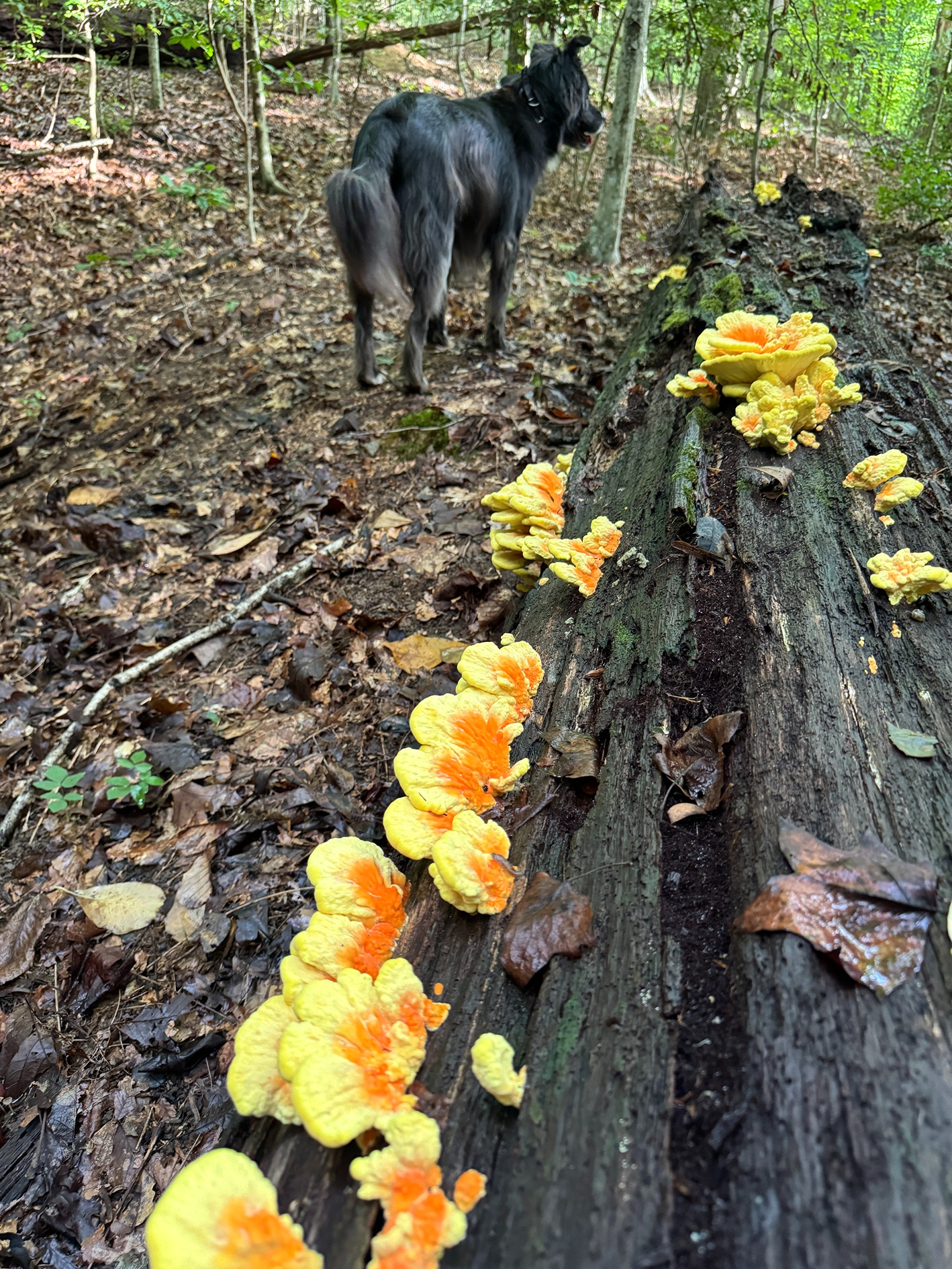
As autumn progresses and most trees in the area begin to lose their leaves, it can become trickier to distinguish between them. Leaves are one of the best ways to get a positive identification on a tree. Luckily, there are a number of other ways to help!
- Examine the Bark: The texture, color, and pattern of bark can be highly distinctive. For example, the smooth, gray bark of a young Beech tree contrasts sharply with the deeply furrowed, dark brown bark of an oak. Look for unique features like peeling bark or distinct colors.
- Observe the Branch Structure: The arrangement of branches can help narrow down species. Some trees, such as Dogwoods, branch opposite from each other, while others alternate down a stem, like Elms.
- Check the Buds: Tree buds can reveal a lot about a species. Look for the size, shape, and color of the buds. For instance, the large, rounded buds of a Black Cherry differ from the pointed, slender buds of a Red Maple.
- Note the Growth Habit: Pay attention to whether the tree is deciduous or evergreen. Evergreens like pines and spruces maintain their needles year-round, while deciduous trees lose their leaves but may have noticeable structures like clusters of seed pods.
- Use Identification Guides: Consider using field guides or apps that focus on winter tree identification. These resources often include photographs and descriptions that can aid in recognizing species. Google Lens works surprisingly well!
With these tips, you can enjoy the beauty of winter trees while honing your identification skills!
More From Urban Forest Dweller
Aidan Stewart
July 2, 2025 · 1 minute read
James Luggen
June 19, 2025 · 2 minute read
Phil Tate
June 5, 2025 · 1 minute read


